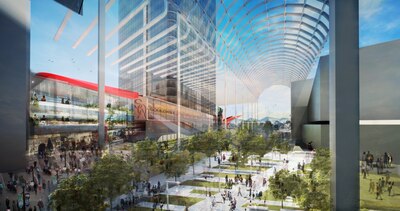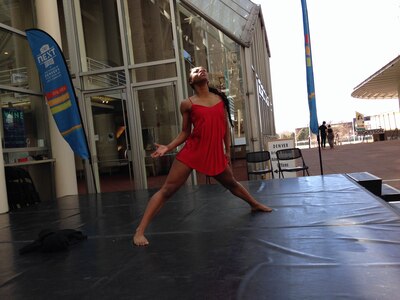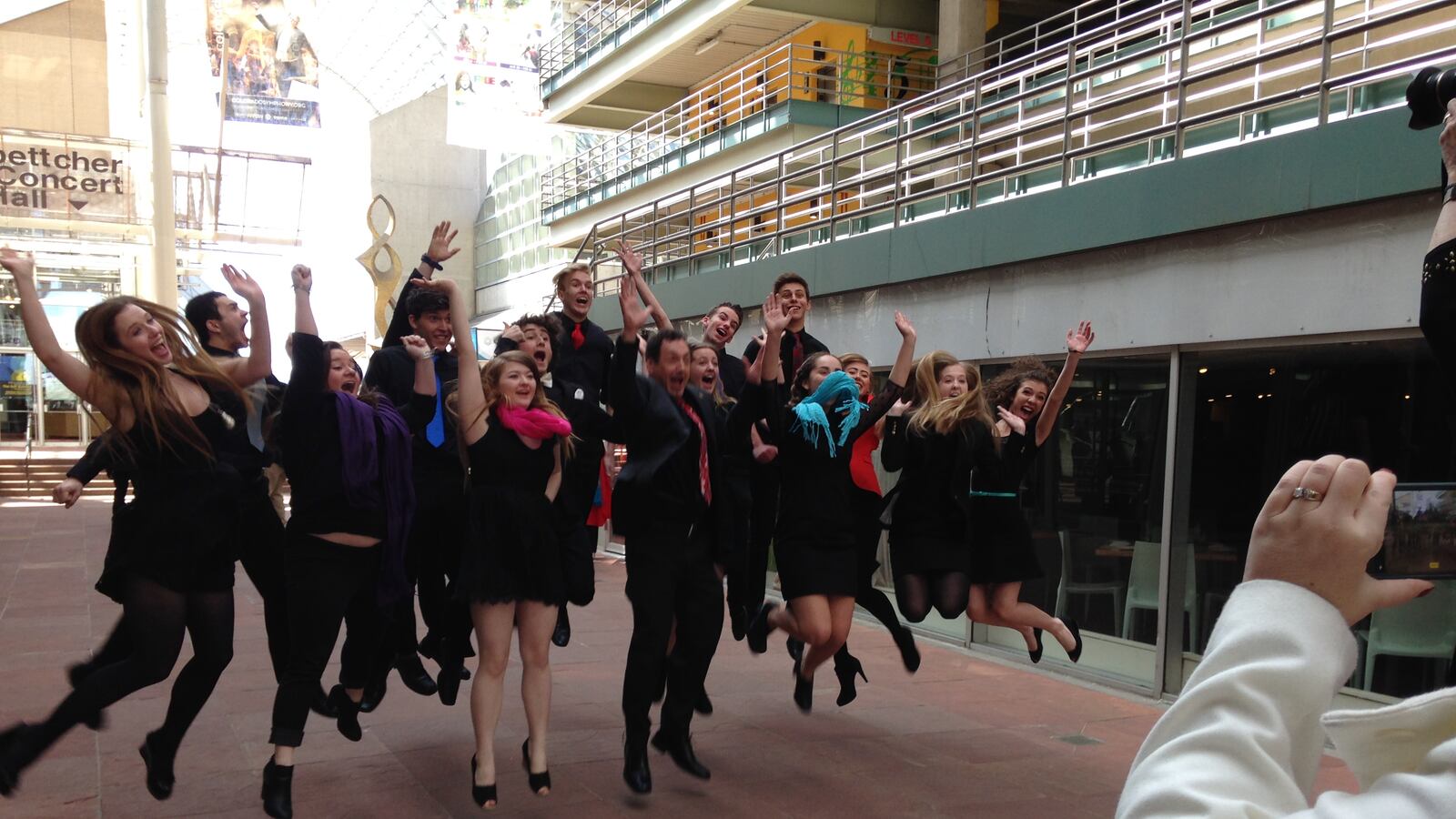Denver’s premier public arts school would relocate its high school program to the heart of the city’s cultural district in a plan revealed Thursday for how to reinvent the decades-old downtown Denver Performing Arts Complex.
The move would allow the in-demand Denver School of the Arts to expand, and the proximity to public transit would remove attendance barriers for students who live far away or whose families can’t drive them to the school’s northeast Denver campus, Denver Public Schools officials said.
“We have a beautiful facility, but we’re isolated where we are,” said Denver School of the Arts principal William Kohut.
To be centrally located and surrounded by professional theaters, concert halls and opera houses — not to mention the urban campuses of several state colleges — would provide “unbelievable” opportunities for the students, he said.
“We are so excited to be part of this magical transformation,” said acting superintendent Susana Cordova, who acted in theater productions when she was a DPS student.

The Denver School of the Arts this year serves 1,088 kids in sixth through twelfth grade. The plan calls for keeping the middle school in the current building and expanding the program to accept more students, Kohut said.
The high school program, which has 668 students this year, would relocate to a new space within the Performing Arts Complex capable of holding up to 1,000. With two separate facilities, the school could potentially double the number of kids who attend.
Mayor Michael Hancock said he doesn’t know where the city will get the funding for the ambitious project to remake the arts complex into a more open, interactive and diverse destination. A city committee is tasked with delivering a financial plan by the end of the year.
Today, demand for the Denver School of the Arts is high and getting in isn’t easy. The school offers several majors, from orchestra to creative writing to stagecraft, and students must audition for a spot. Admissions data from the 2014-15 school year shows that about half who make the cut come from DPS. Another 37 percent come from other Colorado public schools, while about 14 percent come from private schools or out of state.
In a district where a majority of students qualify for free and reduced-price lunch, a proxy for poverty, very few of the kids accepted to the Denver School of the Arts come from low-income schools, according to a recent report by the pro-education-reform organization A Plus Denver. Only eight students from 101 DPS schools where more than 80 percent of kids are living in poverty got into the arts school in the 2014-15 school year, the report found.
Van Schoales, CEO of A Plus Denver, said growing the school and relocating it downtown would go a long way toward increasing access for low-income kids.
“It’s bold, it’s smart and I think it’s very doable,” he said.
One idea to further increase access is to get rid of auditions for middle schoolers interested in some of the school’s majors that require less prior knowledge and training, while keeping a competitive admissions process for the high school, Kohut said.

“We need to expand,” he said. “We’re turning away a lot of kids.”
From the city’s perspective, a public arts school would provide a much-needed daytime use for an arts center where most performances take place at night.
“Unless we have matinee performances, it’s pretty sleepy,” said Ginger White-Brunetti, the deputy director of Denver Arts and Venues, which oversees the arts complex.
Several Denver School of the Arts students performed at Thursday’s unveiling, dancing under the complex’s iconic outdoor glass ceiling on the stage where the mayor spoke minutes before, and singing an acapella medley of Michael Jackson songs in the lobby of the Buell Theatre.
“It would be incredible for the students to have access to those venues,” said dancer Olivia Gieringer, who was one of four seniors who performed short dance pieces. “It prepares you for a professional career. All of us are trying to become performers.”

